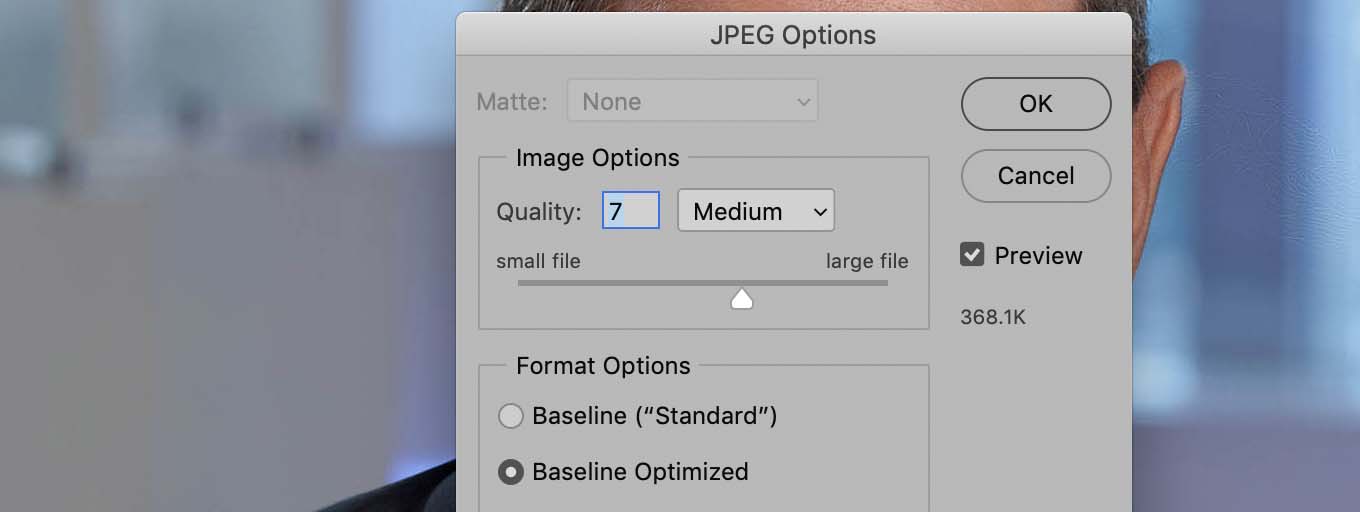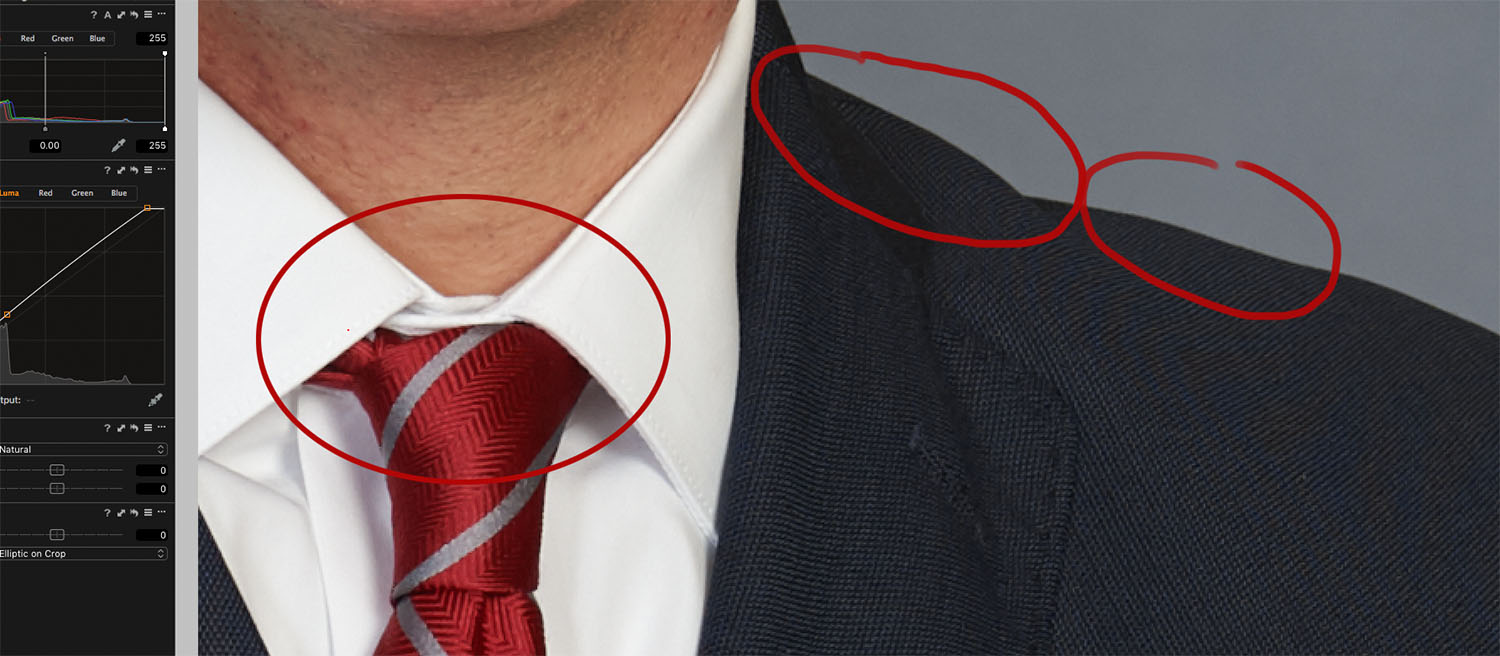Goodby, necktie?
From my perspective as a corporate portrait photographer, it is fascinating to observe this sea change.
Once upon a time, a business portrait was always composed as a vertical rectangle… and the background was always a solid, dark gray paper… and men always wore jackets and ties. Even if they didn't customarily wear a tie in real life in the office.
None of that can be assumed anymore!
- Website bio photos might be displayed as horizontal, or square, or even circular images.
- Backgrounds might be a solid tone (and it might be white instead of dark gray), but many of our clients today prefer a window looking out to an urban setting as a background. Some even provide environmental background images, on to which I need to composite a subject during the retouching phase.
- Jackets or blazers for men still seem a sort of standard (thankfully, because shirts by themselves always look rumpled), but ties… maybe not
In a career-first, I recently had to tie a necktie for a young law firm associate. To be fair to the young man, he joined the Firm during the work-from-home era and clearly tying a necktie wasn't a priority. He showed up with tie in hand, and I tied it for him.
So… ties.
I surmise this relaxation of business attire formality is a consequence of the hybrid or fully remote workplace necessitated by the COVID pandemic. Jokes about neckties abound this year, with a common refrain being that ties are now only pulled out of the closet for weddings or funerals.
I'm not sure how I feel about it. Neckties have their issues for a photographer who rarely has the benefit of a stylist to help. I have straightened and tightened a lot of ties over the years, either in person or with Photoshop after the fact, so maybe I'll be fretting less about that detail. But now we have open collars that point in different directions, glimpses of t-shirts, and now and then a tuft of hair to address as diplomatically as we can.
Some clients have asked to have two options for men – with and without a tie. I don't know how they decide which image to use for what purpose.
Some clients have left it optional, at the discretion of the subject.
Whatever the standards are in your workplace, I recommend you express it clearly to your team before photo day. And I'd like to know, too, so I know what to say if and when someone sits in front of my camera with an open collar shirt.
Necktie or not, I still recommend a jacket or blazer for male subjects. This adds at least a suggestion of business formality as well as some helpful crispness and contrast.





 FayFoto is called to do groups for, among other things, College and University reunions, graduating classes, professional organizations, business units, award recipients, and workshop attendees.
FayFoto is called to do groups for, among other things, College and University reunions, graduating classes, professional organizations, business units, award recipients, and workshop attendees.